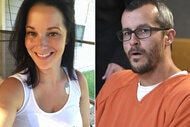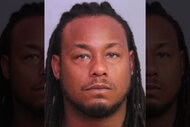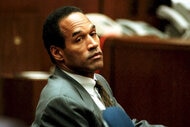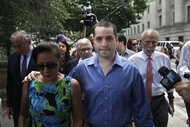Create a free profile to get unlimited access to exclusive videos, breaking news, sweepstakes, and more!
Notorious Killer 'The Iceman' Was Made, Not Born, Says Criminologist
Notorious hitman Richard "The Iceman" Kuklinski was violent from a young age. However, he wasn't born bad, criminologist Kelly Wellman said at this year's Crimecon in New Orleans.
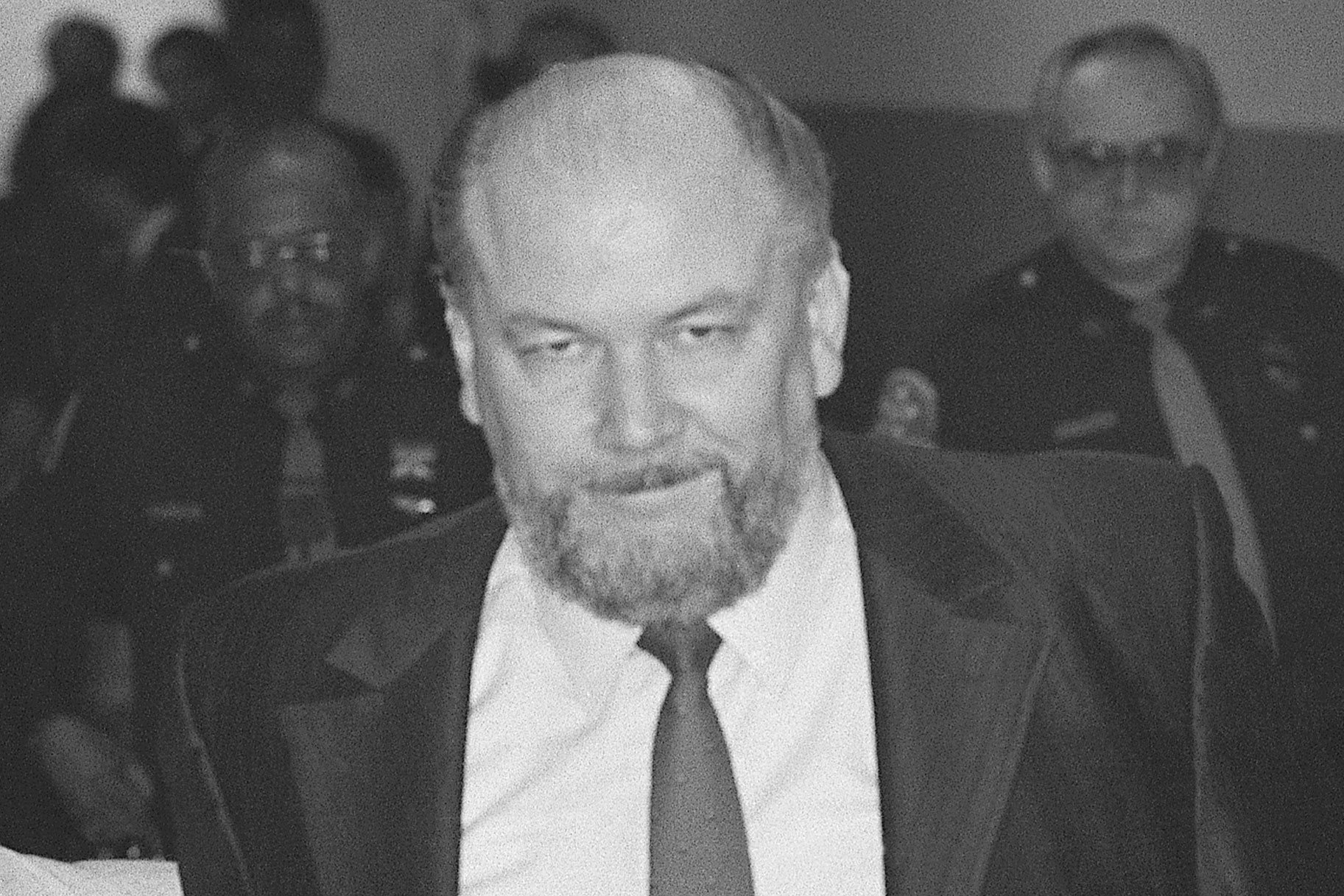
As a child, Richard “The Iceman” Kuklinski tortured and killed stray cats and dogs. At the age of 13, he beat a local bully to death and disposed of the body in an icy river. Five years later, he burned a man alive in a car for making fun of him. Kuklinski was eventually convicted of two murders in 1988, and six in total, but it is estimated that he killed as many as 250 people, mostly during his time as a mafia hitman.
Kuklinski, however, didn’t commit these heinous acts because he was born bad or inherently evil, said Kelly Wellman during her presentation at the 2019 Crimecon in New Orleans. Like many serial killers, rapists or murderers, he was the product of a process called violentization, she said.
“Significant experiences that make people dangerous happen over a long period of time,” said Wellman, co-chair of the Ventura College Criminal Justice Department. “They don’t occur all at once. It occurs gradually, kind of like water over sandstone. It changes the foundation.”
This four-step process of violentization — a combination of the words violent and socialization — begins with the “brutalization” stage. This is when children are exposed to violence, both witnessing and experiencing it. In Kuklinski’s case, his father was a fearsomely violent man who routinely beat and raped his wife in front of the children. He also beat his two sons, once hitting Kulkinski’s 7-year-old brother so hard that he died from his injuries.
A 5-year-old Kuklinski returned home that day to find his older brother displayed in a pine box in the living room.
“He couldn’t understand why (his brother) wasn’t waking up and he begged him, ‘You got to wake up!' Because, man, you’re the only other guy I have, the only other person who knows what it feels like to be me. And he lost that,” Wellman said.
The brutalization stage also includes “violent coaching” by an authority figure. One day Kuklinski was severely beaten by the O’Brien boys, two brothers who lived nearby. When he got home, bloodied and bruised, his father slapped him and told him to go back outside and fight them.
“Richard was so humiliated and filled with rage that he went back out there and he took it out on those boys and he gave them a terrific beating,” Wellman said.
The next stage is “belligerency,” in which the child makes a decision to use violence to protect himelf. “He begins to feel the full importance of the violent coaching he received,” Wellman said.
Kuklinski went to a religious school as a child and when he acted out the nuns beat him across the knuckles with a metal-edged ruler. At one point, he decided he couldn’t take it anymore and told the nun if she hit him one more time he would “break her f---ing head.”
“That was Richard’s statement,” Wellman said.
The third stage is “violent performances.” This is when the person asks themselves, “When the time comes will I be able to hurt someone and will I be able to hurt them bad enough to keep them down, to make them bleed, to do great bodily harm?”
Wellman goes back to the O’Brien boys incident.
“He becomes aware people are viewing him differently,” she said of Kuklinski. “Some may think he’s mentally unstable. Others may think he’s dangerous and they’re giving him a wide berth. And as he accepts this new status, this violent status, he goes right into the fourth stage which is virulency,” Wellman said.
“This is a commitment to act violently, to kill somebody at the slightest provocation because you’re not gonna take anybody’s s--t anymore. You have now found your role.”
Kuklinski went through all four stages by age 10, at which point he started torturing stray animals in his neighborhood. Three years later he committed his first murder, beating a local bully to death with a rod from his closet. He then put the body in a car he stole, drove it two hours to a bridge, smashed out the boy’s teeth and cut off the fingers to prevent identification, and tossed the body into a river.
“And now he’s come full circle. He has become what he’s hated the most, his father. And one of his biggest regrets in life was not killing his father,” Wellman said.
Not everyone who goes through these stages turns into Kuklinski, Wellman said. But they will be more prone to acts of violence, whether physical or verbal.
“This remains the case regardless of social class, economic status, age, sex, IQ. As long as the person has the degree of mental erosion, breaking down, that will allow them to commit that. violent performance.”
